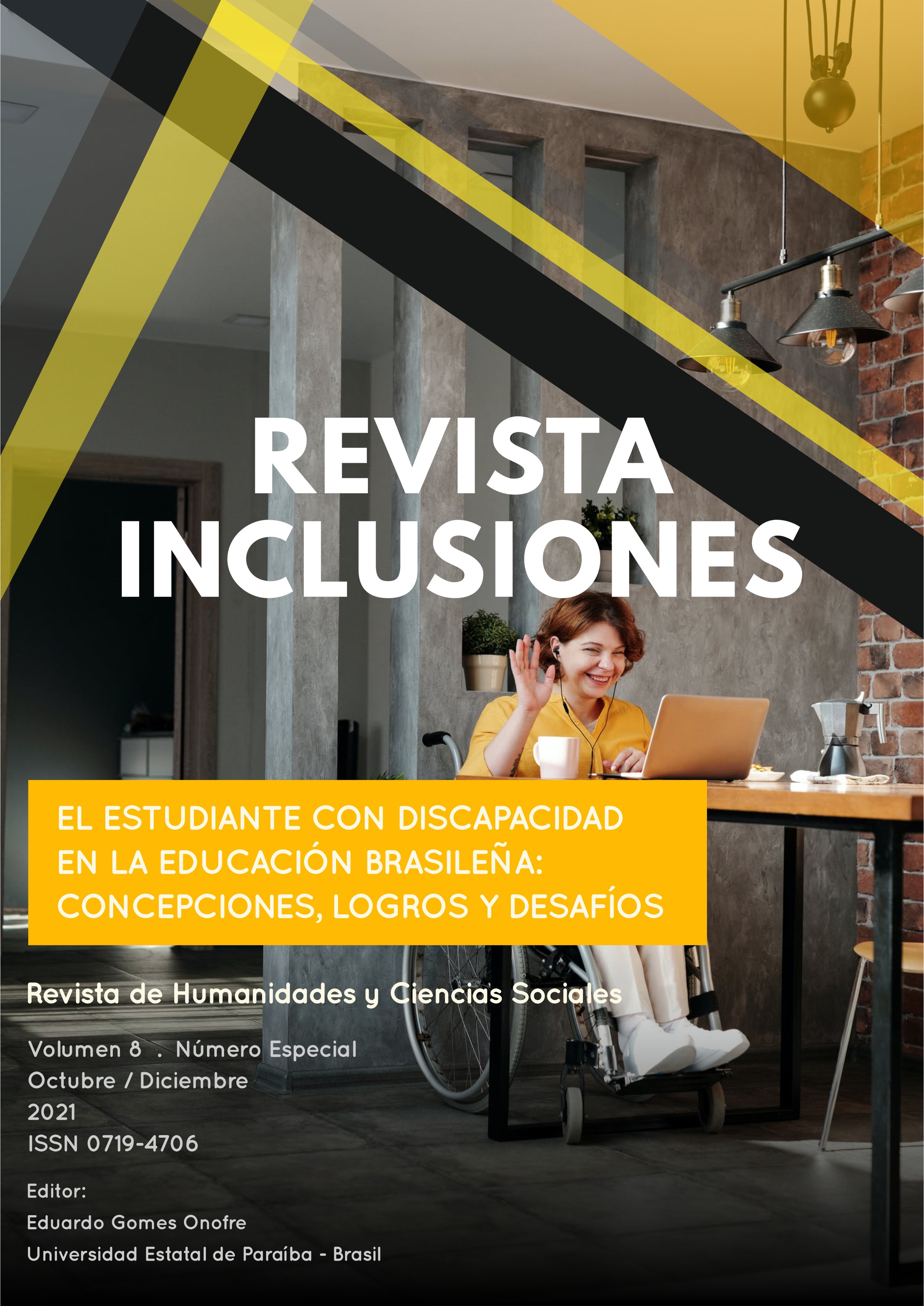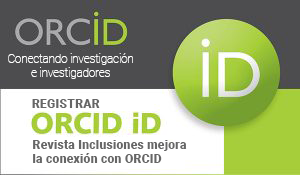ASSISTIVE TECHNOLOGIES AS NA INTERFACE FOR TEACHING AND LEARNING FOR CHILDREN WITH DISABILITIES
Abstract
The aim of this article is to verify how assistive technologies help in the teaching and learning process
of children with disabilities and how they collaborate in the educational inclusion process of these
subjects. For this, we carried out a case study of a qualitative approach with an exploratory nature,
collecting data through observations and interviews carried out in the Multifunctional Resources
Room of a school located in the city of Campina Grande-PB. For a better understanding, we have
structured the work in three chapters, in the first, we emphasize the challenge of inclusion from the
social to educational context, the second chapter discusses assistive technology (AT) and its
categories, ending with the results of the observations carried out in the research lócus. We conclude
that assistive technologies are fundamental in the teaching and learning process of children with
disabilities, enabling their development in cognitive, social and affective aspects, in addition to
enabling their inclusion by participating in school activities in an autonomous and independent
manner.
Published
How to Cite
Issue
Section
Los autores retienen los derechos de autor y otorgan a Revista Inclusiones el derecho de publicación bajo Creative Commons Attribution 4.0 International (CC BY 4.0). Esto permite el uso, distribución y reproducción en cualquier medio, siempre que se otorgue la debida atribución al autor.











